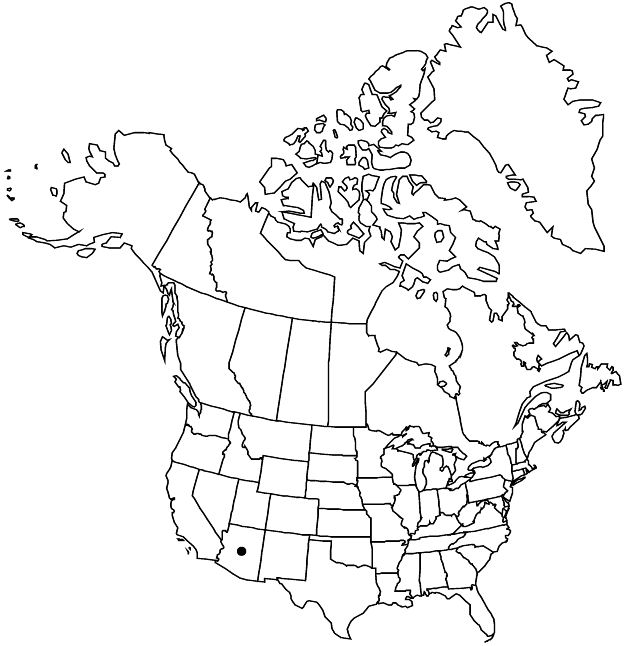Viola umbraticola var. glaberrima
Repert. Spec. Nov. Regni Veg. 20: 7. 1924.
Plants perennial, acaulescent, not stoloniferous, 5–11 cm; rhizome thick, subligneous. Leaves basal, 3–14, prostrate to ascending; stipules linear-lanceolate, margins laciniate, apex long-acuminate; petiole 1–7.8 cm, puberulent; blade unlobed, ovate to oblong, 1–3.8 × 1–3.6 cm, base truncate to cordate, margins crenate to serrate, eciliate, apex obtuse to acute, surfaces glabrous. Peduncles 3–9 cm, glabrous. Flowers: sepals linear-lanceolate, margins eciliate, auricles 1–1.5 mm; petals blue to violet on both surfaces, white at base, lower 3 dark violet-veined, lateral 2 bearded, lowest 9–16 mm, spur white, gibbous to elongated, 2.5–4 mm, tip straight or hooked up; style head bearded; cleistogamous flowers unknown. Capsules ellipsoid, 4–11 mm, glabrous. Seeds unknown.
Phenology: Flowering May–Aug.
Habitat: Mixed oak and pine and coniferous forests, bases of shrubs or pine trees in dense duff
Elevation: 1600–2400 m
Distribution

Ariz., Mexico (Chihuahua, Durango, Sonora).
Discussion
The mature rhizomes of var. glaberrima occur to 15 cm beneath the soil surface and eventually become lignified and woody. Variety glaberrima differs from var. umbraticola in being glabrous except for hairy stipule apices.
In Arizona, var. glaberrima is known from the higher elevations of the Chiricahua, Santa Catalina, and Santa Rita mountain ranges. It was first collected in the United States by J. J. Thornber in 1913 in the Santa Catalina Mountains, Pima County, Arizona. Viola umbraticola has no close relatives in the United States or in Mexico (M. S. Baker 1949).
Selected References
None.